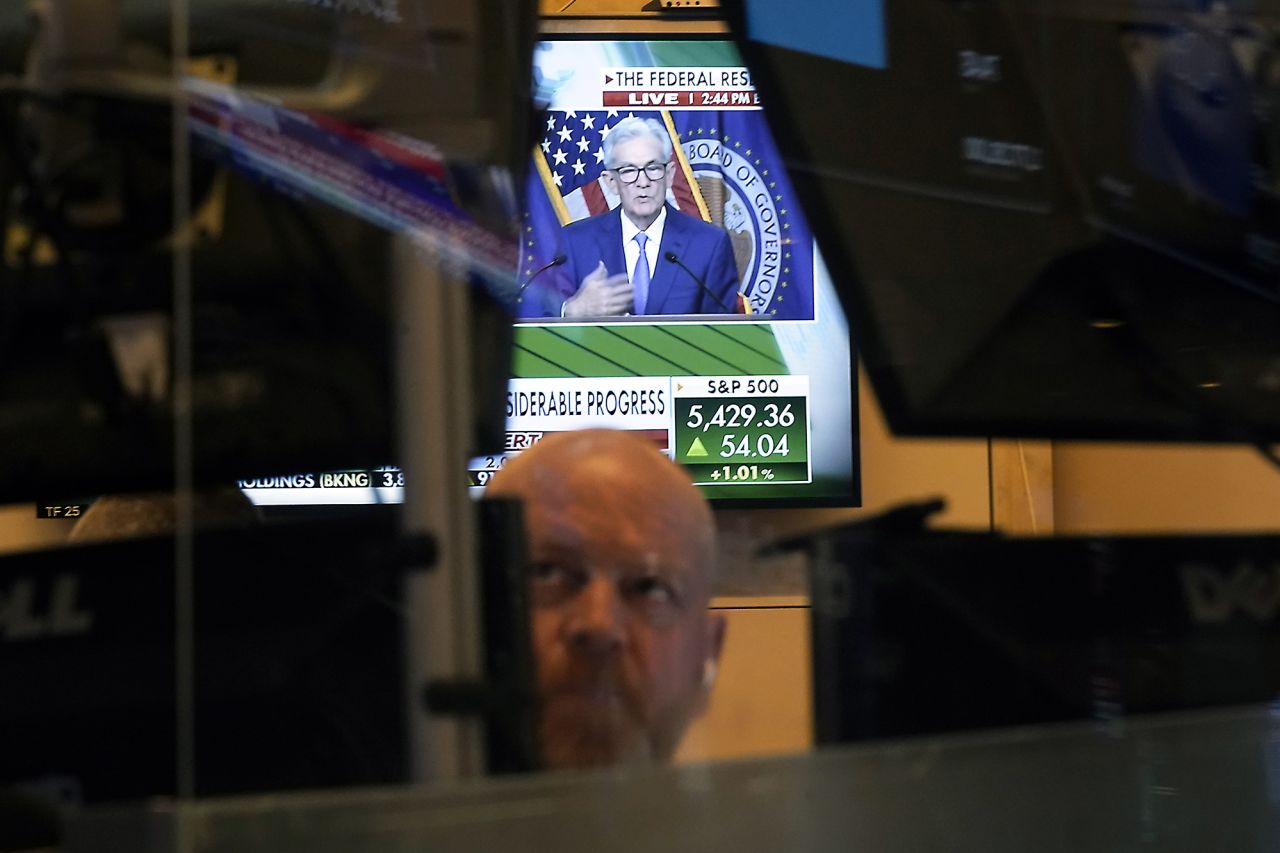A shopper carries shopping bags in San Francisco, California, on June 7.
David Paul Morris/Bloomberg/Getty Images
Inflation cooled in May, new data showed Wednesday, delivering a welcome piece of news just hours before the Federal Reserve is set to make its latest announcement on interest rates.
Consumer prices rose 3.3% from a year earlier, slowing from April’s 3.4% rate, according to the Bureau of Labor Statistics’ latest Consumer Price Index report released Wednesday.
On a monthly basis, prices were flat, a slower pace from April’s 0.3% gain.
It’s the first time since July 2022 that CPI did not rise on a monthly basis.
Economists were expecting a 0.1% monthly increase and an annual gain of 3.4%, according to FactSet consensus estimates.
Helping to slow inflation in May were falling gas prices, which dropped 3.6% from April. They’re still up 2.2% for the year. Grocery prices were flat and overall food prices went up by 0.1%, lifted by a slight acceleration in inflation at the restaurant level.
However, shelter inflation more than offset the decline in gasoline, rising 0.4% for the fourth month in a row, underscoring the pressure Americans are feeling from?housing-related expenses.
Excluding gas and food, categories that tend to be volatile, the closely watched “core” measure rose just 0.2% for the month (its slowest pace since October of last year), and its annual rate dropped to 3.4%, setting a fresh three-year low.

























